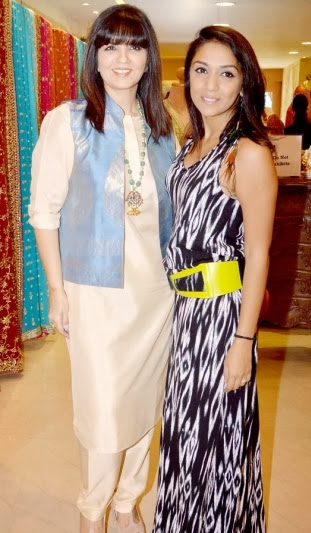The
increasing growth of the media and television networks in recent decades has
made the mutual interaction between the media and economic development more
prominent than ever. Due to the significant role of media in a country’s
economic development, this specific domain has received much attention
recently.
The way
how the television programs affect economic development, the shortcomings of
current Iranian TV programs in this respect, and finally the characteristics of
a suitable and effective business programme are to be discussed in the
following lines.
First
of all, what is meant by “business programs” are those television productions
that try to convey a particular economic message in the form of news items,
reports, or even entertaining productions such as movies and TV series.
Business
programs generally aim to convey an economic idea or message; therefore, they
need to have a full understanding of what they mean to deliver. If not, they
will not be able to get across the idea in question as accurately as possible.
Moreover, they should bear in mind that introducing empirical researches is
just as important as complicated theoretical aspects for the audience.
The
role that a researcher could play in this regard has been paid less attention
in Iran than in developed countries. If the researchers of television programs,
who are responsible for developing the original theoretical ideas into a
practical model, do their job properly, the intended idea will be conveyed far
more effectively.
The
best and most effective business media is one that possesses a good knowledge
of the national and local economic system of a country, has theoretical and
procedural stability in its pursuit of national goals, and utilises a logical
scientific method in its analyses. There’s no doubt that there are quite a lot
of solutions to economic problems but introducing these solutions is a burden
shouldered by the mass media. As such, the Iranian national media is required
to follow a certain economic path, one that is comprised of the overall
framework of the domestic economy as well as that of the Islamic methodology
and ethical values.
a) Overemphasis on the demand side rather than the supply side of the market
It is a
fact that in many cases the Islamic Republic of Iran Broadcasting (IRIB) has
adversely affected the supply side of the Iranian economy as it stimulated
demands in the market. A good example is the extensive media coverage which
focused on a shortage of some agricultural products in the market in the last
winter which made the headlines in the newspapers. This is while such products
usually face a supply-demand gap in some periods during the course of the year.
If the media can inform people of this phenomenon, it will be possible for
consumers to keep up with these seasonal fluctuations and there will be no
pressure on consumer markets.
By
improving the supply side of the economy as well as organizing demands, the
macroeconomic balance will be achieved much more easily. For example, improving
the business environment and increasing exports are among the most important
issues to focus on in this respect
b) Ignoring the taste of audience
The
issue of audience studies is one of the major principles in production of TV
programmes that will help absorb larger audience and exert stronger influence
on them. The mass media with their multifarious functions in the society are
always in constant interaction with their surrounding environment. Today
there’s fierce competition between the media giants to absorb a greater
audience. The methods employed by the media outlets to keep their audience
satisfied with regard to their needs and demands are quite substantial and
among key success factors in the business that, when ignored, might work to the
advantage of the rival media outlets. We have to take note that the audience is
an entity with miscellaneous preferences and dispositions that only gives value
to that which is compatible with its needs and demands.
c) Ignoring the educational aspects
Educating
the human resources is a key factor in the process of development. Educated
labour force will certainly have a better performance and this will obviously
benefit the domestic economy. One of the most crucial tasks of the media
(television in particular) that exerts a dramatic influence over the society’s
development process is educating people and promoting their knowledge; a task
that is carried out either directly or indirectly. The direct (explicit)
education is a voluntary practice with obvious manifestations in the behavior
and performance of the individuals.



















































